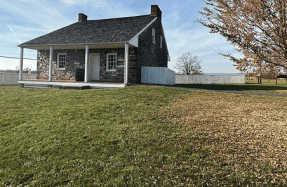
In January 1918, as U.S. participation in World War I neared its first anniversary, historian James G. Randall of the University of Illinois wrote perhaps the definitive article on Northern newspapers and military secrecy during the Civil War. Randall’s magisterial account, appearing in The American Historical Review, served a dual purpose. He intended it both as an overview of a dilemma Union armies faced during the Civil War and as a gentle reminder to U.S. newspapers that might feel emboldened to follow suit in similar scenarios in World War I. “The American Civil War presents a significant field for study in this connection,” Randall wrote, “for the double reason that a period of remarkably keen journalistic enterprise coincided with a time of laxity in the matter of press control. Acting under no effective government restraint, the newspapers of the North, though in many ways deserving of admiration, undoubtedly did the national cause serious injury by continually revealing military information.”
As Randall showed, occasions when Northern newspapers were all too ready to publish sensitive military information to an eager public— and to ever-vigilant enemy spies and commanders—were plentiful.
The process of how military intelligence has been gathered and implemented has evolved gradually since the Civil War, and continues to evolve today. Modern U.S. Army doctrine breaks the process down into four general categories: Role; Target; Intent; and Functions. Below, by examining Union Maj. Gen. Ambrose Burnside’s 1862 North Carolina Expedition, we expand on Randall’s 1918 thesis through the lens of this modern Army doctrine.
In the fall of 1861, Maj. Gen. George B. McClellan, the Union Army’s general in chief, endorsed creating a “coastal division” for operations against Confederate coastline targets. “Little Mac” tapped Burnside, an old friend, to organize and lead the expedition.
Burnside formed mostly newly raised regiments, many


